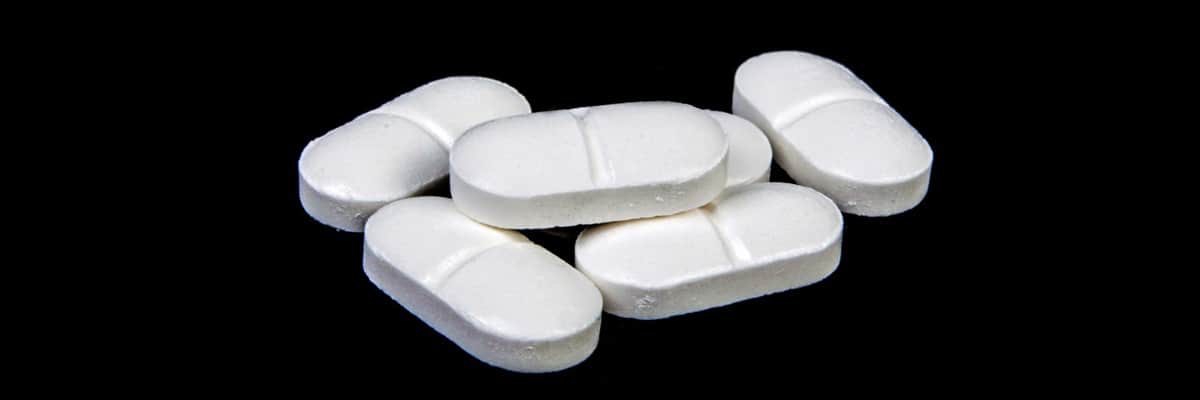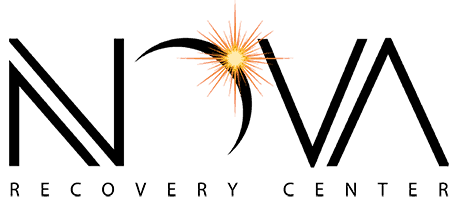Modafinil
Modafinil (Provigil) Addiction:
Side Effects, Detox, Withdrawal, and Treatment

Table of contents
What is Modafinil (Provigil)?
Modafinil is a prescription central nervous system stimulant that helps people stay awake, enhance concentration, and combat fatigue. It is commonly used to treat narcolepsy and shift work sleep disorder but doctors may also prescribe it off-label for many reasons, such as to treat ADHD, for airline pilots, or to treat excessive fatigue associated with medical conditions like cancer or multiple sclerosis (MS).
Researchers aren’t exactly sure how modafinil works, but they believe it stimulates the production of monoamines (a class of neurotransmitters), which includes dopamine, noradrenaline, and serotonin. Although modafinil is a highly effective prescription medication, it has the same effect on dopamine centers of the brain as cocaine, methamphetamine, and amphetamines do.1 Like other stimulants, it also causes psychoactive and euphoric effects, which influence a person’s moods, thoughts, emotions, and perceptions.
Not surprisingly, due to its ability to stimulate the brain, enhance focus and concentration, reduce appetite, and greatly reduce the need for sleep, modafinil is commonly abused non-medically without a prescription.
In the United States, modafinil is sold under the brand name Provigil. The medication is produced in tablet form (100mg or 200 mg tablets) and is intended to be taken once daily. Generally, it is well-tolerated by most people and clinical evidence shows Provigil may cause mild withdrawal symptoms in some patients, although physical dependence from modafinil use or abuse is very rare.
Although other similar stimulants like Adderall are regarded as being significantly more dangerous when it comes to their potential for abuse, modafinil (Provigil) is a Schedule IV drug in the United States, which means it does have the potential to be abused and it may cause physical or psychological dependence in some individuals.
Is Modafinil Addictive?
Some research suggests that modafinil (Provigil) may have some potential for addiction and abuse. One study from the Journal of the American Medical Association found that modafinil’s method of action is similar to that of very addictive drugs like meth and cocaine.1 This suggests that people with a history of substance abuse problems may be more prone to modafinil abuse as well.
Research has also proven that modafinil dependence is possible, although rare.2 The case study’s findings provide evidence that Provigil can produce mild tolerance, which means some people may abuse it to achieve the same effects they felt at lower doses. As a result, they might develop feelings of psychological or physical dependence.
Also, more and more high school and college students, working professionals, and others are beginning to abuse modafinil as a cognitive enhancer. Unfortunately, modafinil has gained a reputation as another smart drug with the ability to improve cognitive performance. However, although Provigil will increase concentration, much like a few cups of coffee can, it is not a wonder drug. In fact, when it’s abused in large doses, it can actually have the opposite effect and may make a person more distractible.
About Modafinil (Provigil) Abuse and Addiction
Modafinil is commonly abused as a study drug by students, professionals, and others who are looking to fight fatigue and stay awake longer as well as enhance their focus and concentration. Although Provigil is a milder prescription stimulant than Adderall or others, it may still have the potential to cause psychological dependence if it’s abused.
The 2018 National Survey on Drug Abuse reports that prescription stimulant abuse is a big problem in the U.S. In 2018 alone, about 5.1 million Americans misused prescription stimulants like Provigil in the past year.3
[sc name=”phoneinsurancecta”]
What Are the Side Effects of Modafinil Abuse?
Modafinil can sometimes cause unwanted side effects. If a student or young person is using Provigil without a prescription, he or she may experience some of the following side effects:4
- Difficulty sleeping
- Loss of appetite
- Excessive thirst/dry mouth
- Gastrointestinal problems
- Muscle tightness or pain
- Skin peeling
- Blisters
- Chest pain
- Difficulty breathing or swallowing
- Irregular heartbeat
- Dizziness
- Nausea
- Headache
What Are the Signs and Symptoms of Modafinil Abuse?
Modafinil addiction is extremely rare, but if someone is taking Provigil without a prescription and using it as a cognitive enhancer, he or she may also display some of the other typical signs of drug abuse, such as:
- Frequently trying to obtain a prescription for Provigil
- Lying about taking Provigil
- Worrying about getting the next dose of Provigil
- Experiencing uncomfortable withdrawal symptoms
- Developing a tolerance
- Continuing to abuse modafinil despite the harmful physical, emotional, and social consequences
What Are the Withdrawal Symptoms of Modafinil?
Many people do not report experiencing any withdrawal symptoms after discontinuing the use of modafinil. However, some people may experience Provigil withdrawal symptoms like:
- Poor concentration
- Tiredness or fatigue
- Low energy
- Depression
- Shortness of breath
- Sleepiness
If a person experiences any modafinil withdrawal symptoms they are typically very mild. However, if the symptoms are more severe and you’re finding it difficult to quit on your own, a medical detox program can provide safe stabilization and medical treatment to help you through it.
Can You Just Stop Taking Modafinil?
If you have been misusing modafinil as a cognitive enhancer and you want to stop, it’s best to do so gradually to give your body time to adjust to the absence of the medication. Much like other prescription drugs, you should talk to your doctor before modifying your dosage or getting off modafinil entirely.
However, if you’ve become accustomed to using Provigil without a prescription and you want to stop, withdrawal symptoms may occur. In this case, you may need medical assistance to safely quit. A medical detox program can provide medication-assisted treatment and clinical counseling to help you manage any physical or psychological side effects of quitting your modafinil habit.
Depending on the severity of your Provigil abuse, your substance abuse history, and your treatment needs as determined by your doctor, you may also want to continue treatment after detox by enrolling in a residential rehab program, intensive outpatient program (IOP), or a sober living program. These types of addiction treatment programs can help you address the root causes of your addictive behavior, help you cope with cravings, and make positive life changes.
How Long Does it Take for Modafinil to Get Out Of Your System?
Most modafinil users don’t experience withdrawal symptoms and there is no predetermined timeline for those that may experience it. However, with its long half-life of about 12 to 15 hours, the effects of modafinil usually disappear after about 16-22 hours. Therefore, modafinil can remain in your body for up to four days after the initial dose.5,6
Although modafinil can be detected via a drug or urine drug test, corporate employers are very unlikely to test for it. However, professional gaming or e-sports participants and students may be more likely to be drug tested for specific prescription stimulant drugs like Provigil since it is more likely to be abused among these populations.
How Can I Get Off Modafinil?
If you are psychologically dependent on modafinil, it may be difficult to stop using it. In these instances, you may need professional help to get off Provigil. A medical detox program can help you overcome your prescription stimulant abuse and prepare for ongoing treatment in rehab.
During rehab, clinical counselors and addiction treatment specialists will help you make behavioral changes and sustain long-term sobriety by using evidence-based addiction treatment approaches such as:
- Individual therapy
- Group therapy
- Cognitive behavioral therapy
- Contingency management
- 12-Step facilitation therapy
- Family behavior therapy
- Rational emotive behavioral therapy
- Specialized therapies like art therapy, music therapy, or pet therapy
A drug rehab program may not always be necessary for someone struggling with modafinil abuse, but depending on the severity of the psychological addiction and his or her drug abuse history, it could be helpful.
[sc name=”phoneinsurancecta”]
Inpatient Drug Rehab vs. Outpatient Drug Rehab for Modafinil Abuse
During residential rehab clients: Live at the drug rehab center while they complete treatmentAbide by the rules and regulations set forth by staff Attend one-on-one therapy, group family, and family therapy sessionsParticipate in recovery-centered group activities on-site and off-siteMay have visitors but generally have limited access to people and places outside the rehab center | During outpatient rehab clients: Live at home or a sober living home while they complete treatmentAbide by the rules and regulations set forth by staffAttend in-person or online group sessions several times each weekMaintain personal responsibilities at work, school, or at homeComplete recovery-related assignments and activities in group sessions and independently |
The cost of residential rehab programs and outpatient rehab programs can vary depending on their location, amenities, and services offered. However, most addiction treatment providers accept insurance, which can greatly reduce the cost of addiction treatment. Depending on your health insurance policy and coverage, a portion of the cost of your treatment may be covered. Alternatively, you can pay for addiction treatment using other payment options such as:
- Employee Assistance Programs (EAP)
- Financed healthcare loans
- Sliding scale payment plan
- Credit cards
- HSA funds
What Are Continued Care Options for Modafinil Abuse?
After completing detox or rehab for modafinil, you may choose to continue receiving sobriety support through various programs like sober living or aftercare.
Sober Living Programs
Sober living programs are designed to support men and women in recovery by providing a safe, sober place to live. Sober living homes are traditionally gender-specific homes and some offer LGBTQ housing or pet-friendly housing as well.
Many sober living homes provide additional recovery support services to help residents thrive and adjust to life after addiction treatment. These recovery support services may include:
- Drug and alcohol testing
- Certified peer recovery support programs
- Phased recovery programming
- Employment assistance
- Volunteer placement
- Educational planning
- Access to IOP and clinical care services via a third-party company or provider
Health insurance providers don’t cover the cost of sober living programs, but many provide affordable housing options for people in recovery. Some may even offer scholarships or financial assistance.
Aftercare Programs
Certain life events can cause high amounts of stress, which can increase a person’s risk of relapse. Examples might include losing a loved one, relocating to a new city, or finalizing a divorce. As such,
aftercare programs can provide much-needed support.
Aftercare programs provide ongoing support and accountability for rehab alumni by providing weekly “check-in” meetings. Group members are challenged to grow on an individual level as they support one another in their sobriety. Additionally, discussions about recovery-related topics also provide opportunities to enhance current strategies to manage cravings, stress, and deal with high-risk situations in recovery.
If you or a loved one is misusing modafinil (Provigil), you are not alone. Rampant misuse of prescription stimulants in America is common but help is available. Please call (512) 605-2955 to speak with an admissions representative at Nova Recovery Center and learn more about your treatment options.
References:
- https://www.ncbi.nlm.nih.gov/pmc/articles/PMC2696807/
- https://www.ncbi.nlm.nih.gov/pmc/articles/PMC4319252/
- https://www.samhsa.gov/data/sites/default/files/cbhsq-reports/NSDUHNationalFindingsReport2018/NSDUHNationalFindingsReport2018.pdf
- https://www.webmd.com/drugs/2/drug-16964/provigil-oral/details
- https://www.medicines.org.uk/emc/medicine/28926#gref
- https://www.ncbi.nlm.nih.gov/pmc/articles/PMC2846503/
Call Us Now and Begin Healing at (512) 605-2955
Or text us and we will call you right back.
Not quite ready for a call? You can fill out the form below.
What Makes Us Different
- Gender-specific treatment
- Evidenced-based treatment
- 12-Step immersion
- 90-day residential treatment
- Family program
- Full continuum of care
- Insurance and private pay
100% Confidential Guarantee
Confidential Consultation
Nova Recovery Center is dedicated to helping you or your loved one get help. Please call or fill out this form for a confidential consultation.
One of our understanding, dedicated advisors will contact you about your options. Begin healing today.
Nova Recovery Center is dedicated to helping you or your loved one get help. Please call or fill out this form for a confidential consultation. One of our understanding, dedicated advisors will contact you about your options. Begin healing today.





